Yoga for Healthy Aging | Benefits of Yoga & Yoga Classes
Yoga and Aging: The Benefits of Yoga as We Get Older
As we get older, we find ourselves looking for ways to offset the day to day effects of aging. For some, it’s as simple as wanting to reduce the little aches and pains that creep into our days. For others, the goal might be to build strength and mobility to move through life with ease. Or, we may be looking for ways to manage stress and build a mindfulness practice into our daily routine so we enjoy and appreciate our life. Whatever your individual goals, the phrase “active aging” may hold the key.
According to the International Council on Active Aging, active aging means staying fully engaged with life in seven dimensions of wellness—physical activity and spiritual pursuits are two of them. By staying active, you can continue to lead a healthy life at any age or stage without losing mobility or your balance. Yoga is a popular way to help you achieve these goals.
Benefits of Yoga as You Age
A well rounded exercise routine will help you continue to do the things you love in life. Yoga is often the first thing people think of to facilitate healthy aging with a wide range of benefits. A lot of times, we hear people say that they just need to stretch more. Yoga comes to mind quickly when they think about how to solve this problem. Truthfully, the practice of yoga does help the body stay flexible and as we age—an important aspect of staying balanced and mobile. But there are many other benefits of a regular yoga practice. It can be an important part of a well rounded fitness plan.
Let’s break it down. First, when we practice yoga we are stretching and opening the body by moving into and holding poses to help keep the joints mobile and strong. Moving regularly can help minimize inflammation to keep day-to-day aches and pain away. Beyond the muscular system, breathing and mindfulness are at the top of the benefits list for ways yoga can help us combat the physiological impact of stress. When we can reduce stress and increase breathing and mindfulness we stand to sleep better and maintain healthy blood pressure. And finally, in practicing yoga the deep focus on the movements and sensations of the body will build awareness and keep you mentally sharp.
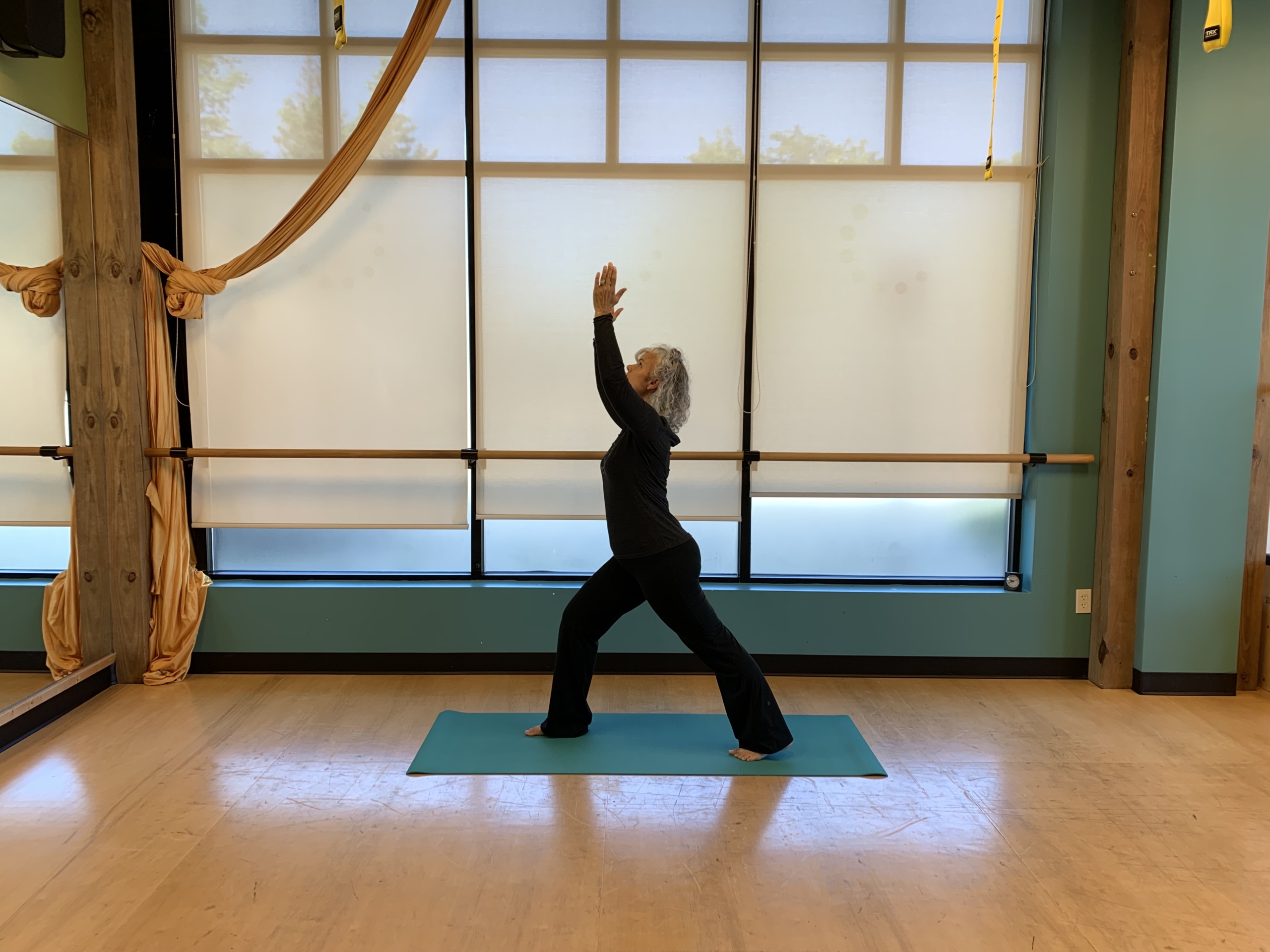
Fewer Aches and Pains
Who doesn’t want to feel better throughout the day? A yoga class will help you mobilize all the joints in your body as you move through specific poses, or asanas. Bringing circulation to each part of the body will help it stay supple and minimize inflammation. This can be one cause of simple muscle aches and pains. Stretching your legs, hips, back, and shoulders will help you bring your muscular system into balance. When you move during your day doing all the things you enjoy, all your muscles will be trained to join in and participate offering your body more support. Yoga also promotes physical and mental health, enhancing mobility, balance, and cognitive function while reducing anxiety and depression.
Strength, Mobility, and Balance
A yoga practice can help you manage the activities of daily living by keeping your body resilient and strong. Moving through the asanas and stretching your body in a variety of ways helps keep your tissues supple—including muscles, ligaments and tendons, and all the connective tissues or fascia. That might sound complicated, but it all comes down to building strength and mobility throughout your body.
By getting stronger, we will improve our balance safely and keep our body resilient. We will be more responsive to catching ourselves if we momentarily lose our balance. As we age this can be crucial in preventing injuries caused by a stumble or fall. Yoga also promotes increased circulation and oxygenation of the body which will help you feel energized and refreshed after a great class.
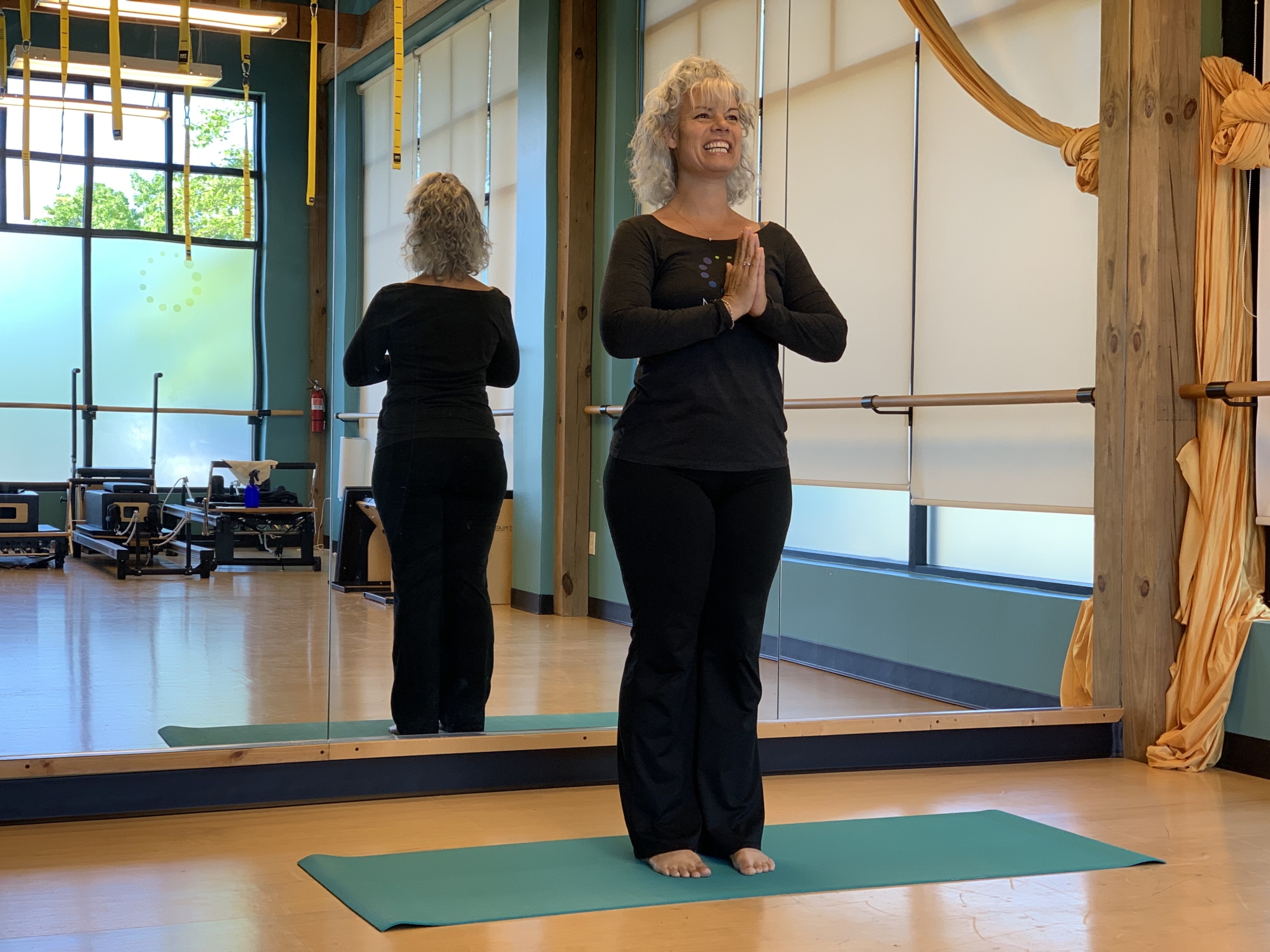
The Science Behind Yoga for Healthy Aging
Research has shown that a consistent yoga practice can significantly impact physical and mental health, especially as we age. Studies have found that yoga can improve physical fitness and mobility, enhance brain health, and reduce the risk of age-related cognitive decline. Additionally, yoga supports mental health by reducing stress and anxiety, promoting healthy aging practices, and lowering the risk of premature aging.
One of the key scientific concepts behind yoga and healthy aging is “inflammaging,” which refers to the chronic, low-grade inflammation that occurs as we age. Yoga has been shown to combat this by reducing oxidative stress and improving cellular health. It also enhances immune function, promotes healthy telomere length, and supports healthy gene expression, all of which contribute to reducing the risk of age-related diseases and cognitive decline.
By incorporating yoga into your daily routine, you can promote healthy aging, improve sleep quality, and enhance overall well-being. This holistic approach not only supports physical and mental health but also helps you maintain a higher quality of life as you age.
Breathing and Awareness
Yoga has a long history associated with a religious or spiritual practice. Over time, yoga has evolved to allow us to participate in a way that connects us to the truth of what’s in our own heart and who we are in the moment. For some of us this may feel more universally approachable and accessible. As we practice this idea of deeply listening to ourselves, we can foster self-compassion and self-love and bridge the truths of our miraculous body and our lives. Who wouldn’t want healthy movement, peace, and energy all tied together into one practice?
A key component of any yoga practice is mindful breathing. As we breathe we also focus on how we breathe and even different types of breath practice. This can help minimize the physiological impact of stress, reduce blood pressure, and calm anxiety. Breathing well and fully will also help your pelvic floor and core muscles work organically to bring tone to the muscles that support a healthy trunk and strong back. By really tuning into our breath throughout our yoga practice, we will steadily improve our focus and concentration. Following the guidance of a great teacher we will build awareness of the sensations of the body that can help us meaningfully tune in to how we feel day to day.
Yoga for Older – Classes for Healthy Aging
There are a lot of different yoga classes out there to choose from. If you’re ready to see how yoga can enhance your movement routine, step one is getting permission from your physician so you can exercise safely. Finding a class that helps you move at a level appropriate for you is important. Many of them can be adapted for any level of movement and for different populations. This article is a really nice primer describing the different types of yoga—from Restorative to Hatha or Vinyasa and anything in between, this will help you decide where to start. There are so many options, including livestream classes with a real-time instructor, recorded on-demand to practice at your own convenience, or in-person group fitness in a studio.
We like to recommend starting with a Gentle Yoga class if you’re unsure what level you might be comfortable with. You can also reach out to the teacher beforehand directly to help you choose. If you have balance issues or difficulty getting down on the floor, a chair yoga class may work best until you get more steady on your feet.
Or, an osteoporosis-safe yoga class may be best for those with that issue. Speaking to the instructor before class is particularly important if you have any health issues or injuries. They might have advice or modifications to help you feel comfortable and safe throughout class. Always stop if you feel any pain or discomfort and seek medical advice before going any further.
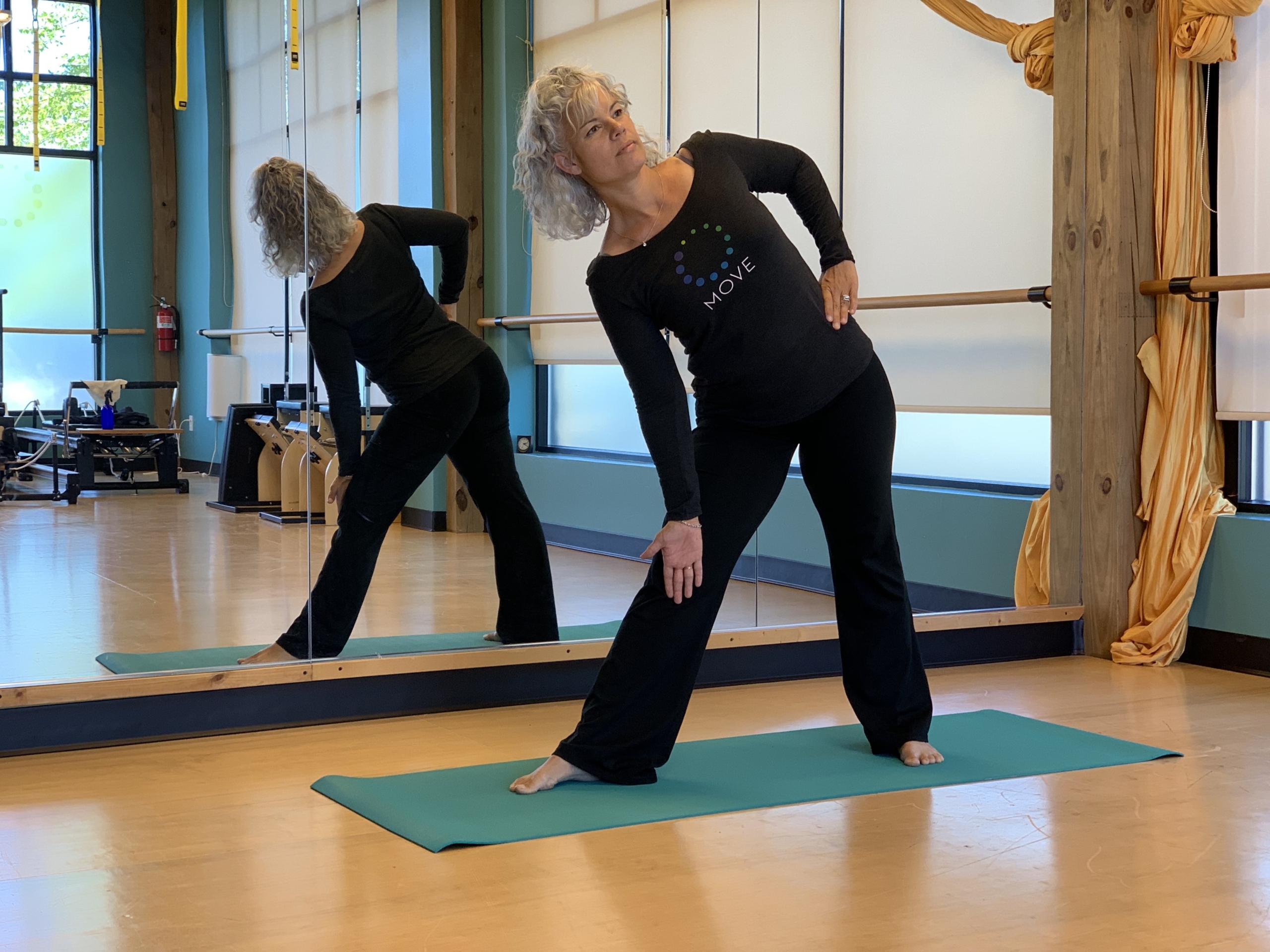
Yoga for older adults at MOVE Wellness in Ann Arbor, Michigan
Join us for interactive, livestream yoga and meditation classes with MOVE Wellness Studios. Our classes are designed to meet a variety of client needs and represent a practice that speaks from the teacher’s heart. At MOVE, we pride ourselves on creating a welcoming environment. We strive to empower each client on their personal path to fitness and wellness. As we’ve learned through this article, there are many effective yoga systems. We offer diverse classes that are accessible to all people.
Our Gentle Yoga class moves at a slow to moderate pace. Traditional yoga concepts are introduced in a format that is clear and easy to understand. You’ll practice poses with an emphasis on breathing, physical awareness and relaxation. This will allow you to increase strength and flexibility while relieving stress.
Our Rest and Restore Class (Yoga Nidra) features gentle movements and relaxation techniques. These movements are designed to relieve muscular tension, calm the nervous system and quiet the mind.
We also offer a guided Mindfulness and Meditation opportunity. This non-movement class focuses on various techniques such as body scans, breath awareness and mantras to help focus the mind and be present in the moment.
Yoga for Healthy Aging – You Can Start Now
With MOVE Livestream, you’ll enjoy yoga classes and more with our expert instructors from the comfort of your own home. Let us help you find the class that’s right for you. Get started today with a 14 day free trial!

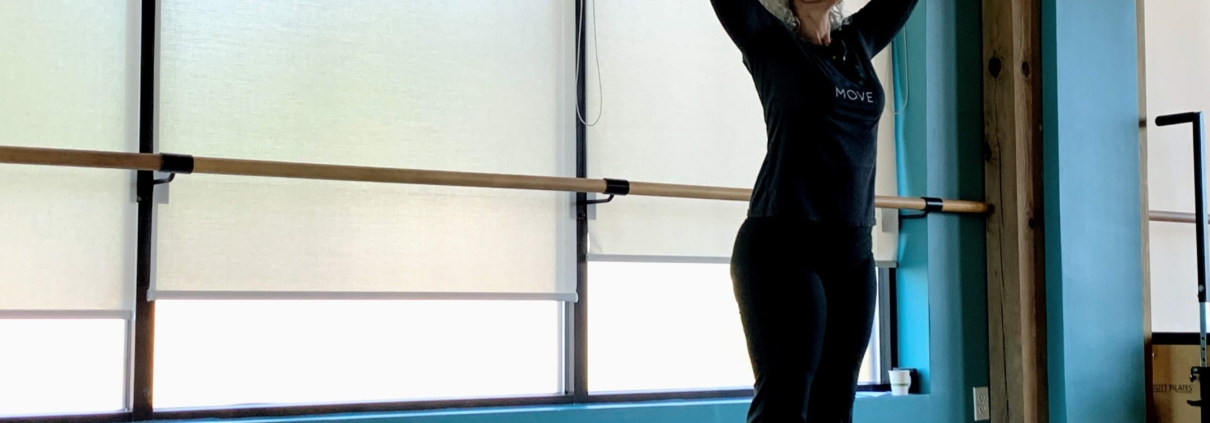
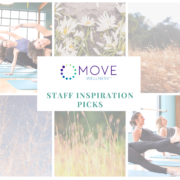
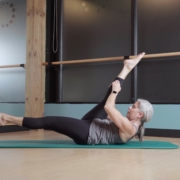
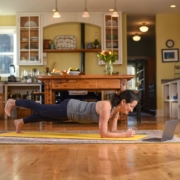
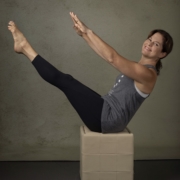
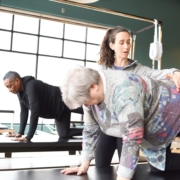
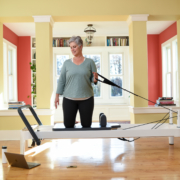


Trackbacks & Pingbacks
[…] is a form of exercise that has been adopted worldwide due to its numerous benefits. Regular practice of yoga is an excellent way of increasing isometric strength in muscles, […]
Leave a Reply
Want to join the discussion?Feel free to contribute!